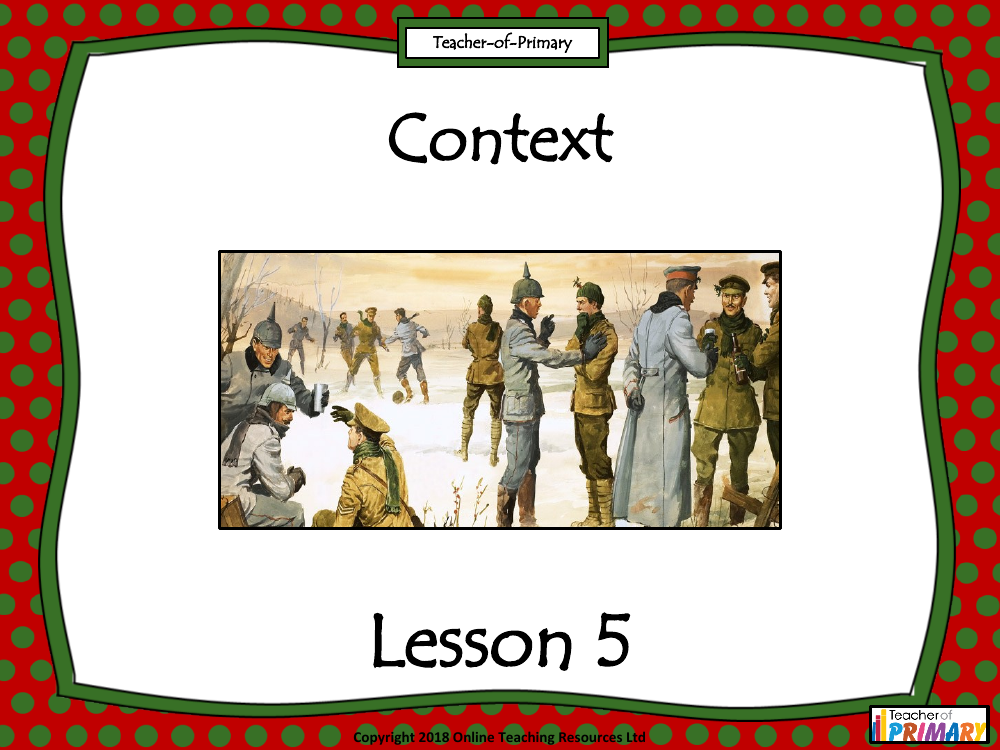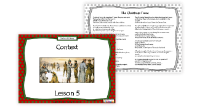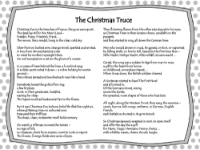Christmas Poetry Unit - Lesson 5 - Context PowerPoint

English Resource Description
The 'Christmas Poetry Unit - Lesson 5' delves into the profound significance of context in literature, particularly in poetry. Understanding the context involves considering the background information surrounding a poem's creation, such as the time period, the prevailing events, and the poet's personal experiences. This knowledge can illuminate the poet's intentions and the deeper meanings within their work. For instance, the war poetry of Wilfred Owen is steeped in his firsthand experiences of trench warfare during World War One, and his poems resonate with the grim reality of the soldiers' lives. Similarly, Harper Lee's 'To Kill a Mockingbird' gains depth from its Civil Rights era context, which is central to grasping the novel's exploration of racial injustice. The lesson underscores the importance of context by examining book covers, encouraging students to deduce the historical and cultural settings of various texts.
Specifically, the lesson focuses on 'The Christmas Truce' by Carol Ann Duffy, a poignant poem that recounts the spontaneous ceasefire between German and British soldiers on Christmas Eve, 1914. The poem paints a vivid picture of the trenches, the silent night punctuated by a shared humanity that transcends the conflict. The soldiers' camaraderie, the exchange of gifts, and the collective singing of carols are all depicted with a sense of fragile peace amidst the harrowing backdrop of war. To analyse this poem, students are introduced to the mnemonic 'A TIP', standing for 'About', 'Tone and Theme', 'Imagery', and 'Poetic Techniques'. This tool aids in dissecting the poem's content, mood, and literary devices. Students are encouraged to use the P.E.E. (Point, Evidence, Explanation) method to structure their analysis, ensuring a comprehensive and evidenced understanding of the poem and its wider literary significance.


